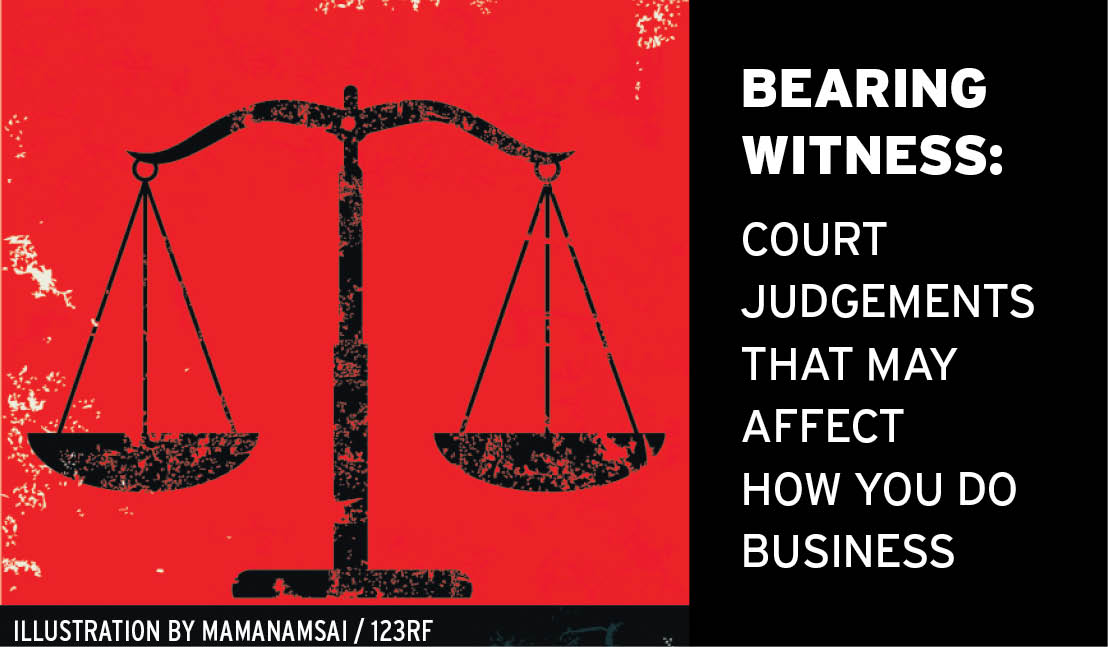
Despite the best of intentions, it’s surprising how difficult it can be for clients to ensure their estates are settled according to their wishes. The soaring value of homes, in particular, may be an issue that advisors should be alert to in anticipating disputes over inheritances.
A recent decision from the British Columbia Court of Appeal illustrates the problem. The case, McKendry v. McKendry, dealt with the inheritance of a family home on West 48th Ave. in Vancouver. Although the widow who owned the home took what appeared to be reasonable steps to ensure that it would be inherited solely by one of her five children, the case ended up in the courts, with both a trial and court of appeal decision; the expense of such litigation is out of reach for most families.
Ensuring that all possible steps have been taken to support a client’s intentions prior to their death are likely to pay major dividends down the road.
In the McKendry case, the changing intentions of the deceased widow – and the accompanying paperwork – apparently did much to cloud the issue. In 2008, the widow and homeowner, Mary McKendry, transferred the legal title to her home into joint tenancy with her son, John.
There was no dispute that, at that time, Mary intended John to hold his interest in trust for her estate, with her other children to share in the value of the home after her death. The home constituted most of the estate.
Mary stated at the time of the transfer that she wanted John, who lived with her in the home between 2006 and her death in February 2012, to have some flexibility to access the equity in the home for investment purposes, subject to her supervision.
Following the transfer, which was registered at the Land Titles office, Mary signed a trust declaration, prepared by a lawyer, that reflected those intentions. In April 2010, another trust declaration was signed, using a different lawyer, but with the same sharing scheme put in place. John signed neither of these declarations.
However, that arrangement changed later that year. In November 2010, John dropped a handwritten note off at the office of Mary’s lawyer, stating that: “My son, John, is to have sole possession of this house and contents … I trust my son, John, to take care of my family if necessary.”
A few days later, Mary spoke with her lawyer on the phone, and stated that she wanted to leave the home in joint tenancy (which carries the right of survivorship) and that she understood that the home would go to John absolutely on her death, and that he did not need to share it with his siblings. The following month, December 2010, she executed a will and a two-page document detailing her intention that the trust agreement be terminated and that John was to hold sole interest in the house. “I have made this decision after much consideration and I fully understand that this gives my son the majority of my assets.”
Mary died in February 2012, and in May 2012, three of her children sued John, seeking a declaration that the house was held in trust for Mary’s estate, in which the children shared equally.
At trial, the other children argued that the 2008 transfer was gratuitous, and that John held his interest in trust for Mary, and after her death, for her estate.
John countered, among other submissions, that by December 2010, his mother had clearly indicated her intention to give him a beneficial interest in the house, including an unfettered right of survivorship. Given that the property was held in joint tenancy, he argued that no further steps were required.
The trial judge disagreed. She concluded that the events of December 2010, despite the legal documentation, were not reliable evidence of her intention to give her house only to John.
“At best,” the trial judge held, “they reflected a change in Mary’s intention,” the appeal judgment says. Instead, the trial judge decided, “they were mere promises.” As a result, she held that the transfer to John alone had not taken place: instead something more was required to indicate that a full gift, with no value in return, had been intended. “In order for Mary to make a valid gift to John of the survivorship interest in W. 48th, Mary would have been required to execute a written deed of gift under seal (obviating the need for consideration), confirming an immediate gift of the survivorship interest in W. 48th. Short of this, there was no legally binding gift,” the trial judgment says.
The appeal court, however, disagreed. It noted that “Mary’s actual intention is the governing consideration.” While there had been extensive discussion of a resulting trust (an issue that arises when property is transferred for no value) the appeal court concluded that, resolving that issue was not required in this case. “This is so because Mary’s intentions in 2008 and 2010 are manifest and unambiguous. The only question is their legal effect,” the decision states.
The appeal court concluded that the joint tenancy should prevail, and that Mary had done everything necessary in December 2010 to transfer her beneficial interest in the property to John:
“Her intention was made manifest in the signed two-page document her lawyer prepared and no further act of delivery was required because of the existing joint tenancy.”
The decision further notes: “The immediate inter vivos gift was complete and binding. In my view, Mary’s intention should prevail.”
Editor’s note: This is the first article of an occasional series “Bearing witness: Court judgements that may affect how you do business.”
© 2017 Investment Executive. All rights reserved.